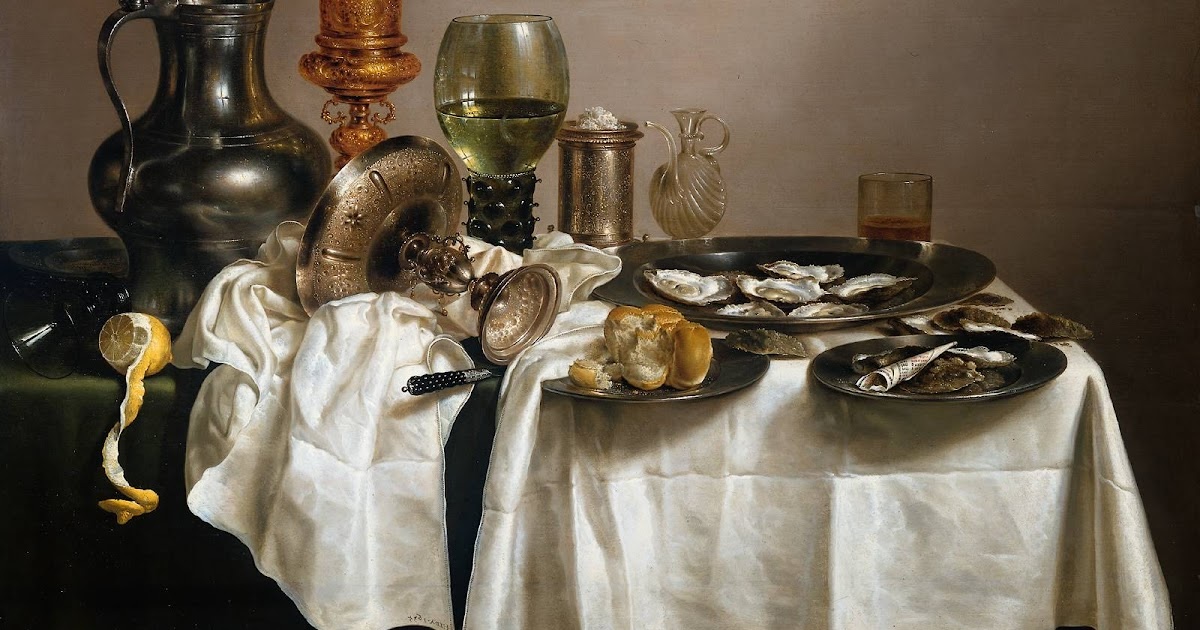
Gilt-head bream, also known as Sparus aurata, is a popular fish found in the Mediterranean Sea and the eastern Atlantic Ocean. Known for its distinctive golden stripe between the eyes, this fish is a favorite among seafood lovers. But what makes the gilt-head bream so special? Its mild, sweet flavor and firm texture make it a versatile choice for various culinary dishes. Additionally, it's packed with nutrients like omega-3 fatty acids, protein, and vitamins, making it a healthy option. Whether you're a seasoned chef or a home cook, learning about this fascinating fish can add a new dimension to your cooking repertoire. Ready to dive into 25 intriguing facts about the gilt-head bream? Let's get started!
What is Gilt?
Gilt is a type of coating applied to objects, often made of gold or a gold-like substance. It gives items a shiny, luxurious appearance. Let's dive into some fascinating facts about gilt.
-
Ancient Technique: Gilding dates back to ancient Egypt. Artisans used gold leaf to decorate tombs and statues.
-
Versatile Use: Gilt can be applied to various materials like wood, metal, glass, and ceramics.
-
Gold Leaf: The most common form of gilt is gold leaf, which is gold hammered into thin sheets.
-
Electroplating: Modern gilding often uses electroplating, where a thin layer of gold is electrically deposited onto another metal.
-
Durability: Despite its thinness, gilt is surprisingly durable and resistant to tarnish.
Historical Significance of Gilt
Gilt has played a significant role throughout history, especially in art and architecture. Here are some historical facts about gilt.
-
Religious Art: Many religious artifacts, including icons and altars, are gilded to signify their sacred importance.
-
Renaissance: During the Renaissance, gilt was extensively used in paintings and sculptures to highlight important features.
-
Baroque Period: The Baroque period saw a surge in gilt use, especially in elaborate church interiors and royal palaces.
-
Gilded Age: The late 19th century in America is known as the Gilded Age, a time of great wealth and opulent decoration.
-
Asian Influence: In Asia, gilt has been used for centuries in temples and statues, particularly in Buddhism.
Techniques and Methods
Different techniques and methods have been developed over the years to apply gilt. Here are some interesting facts about these methods.
-
Water Gilding: An ancient technique where gold leaf is applied using a water-based adhesive.
-
Oil Gilding: Uses an oil-based adhesive, making it more suitable for outdoor objects.
-
Fire Gilding: An older, dangerous method involving mercury, now largely abandoned due to health risks.
-
Gilding Wax: A modern, user-friendly method where wax mixed with gold powder is applied to surfaces.
-
Gilding Pens: Handy tools for small projects, these pens contain a gold-based ink.
Gilt in Modern Times
Gilt continues to be popular today, not just in art but also in everyday items. Here are some modern uses of gilt.
-
Jewelry: Many pieces of jewelry are gilded to give them a luxurious look without the high cost of solid gold.
-
Furniture: Gilt is often used to add elegance to furniture, especially in classical and vintage styles.
-
Picture Frames: Gilded frames are popular for their ability to enhance the artwork they surround.
-
Architecture: Modern buildings sometimes feature gilded elements to add a touch of grandeur.
-
Fashion: Gilt is used in fashion accessories like belts, bags, and shoes to add a bit of sparkle.
Fun Facts About Gilt
Let's wrap up with some fun and quirky facts about gilt.
-
Edible Gold: Yes, you can eat gold! Edible gold leaf is used in gourmet dishes and luxury desserts.
-
Gold Paint: Not all gold paint is real gold. Some use mica or other minerals to mimic the look.
-
Gilt Books: Many old books have gilt edges, making them look more prestigious.
-
Gilded Age Mansions: Some of the most famous mansions in America, like the Biltmore Estate, feature extensive gilding.
-
Gilt in Space: NASA uses gold foil to protect spacecraft from radiation and heat.
Final Glimpse at Gilt-Edged Facts
Gilt-edged facts offer a treasure trove of fascinating insights. From their origins in the 17th century to their role in modern finance, these securities have a rich history. They’re known for their stability and reliability, making them a favorite among conservative investors. The term "gilt-edged" itself has become synonymous with high quality and low risk.
Understanding the nuances of gilt-edged securities can help investors make informed decisions. Whether it's their fixed interest rates, government backing, or their role in diversifying portfolios, these facts highlight why they remain a cornerstone in the investment world.
So, next time you hear about gilt-edged securities, you'll know they’re not just any investment—they’re a symbol of financial security and trust. Keep these facts in mind, and you'll appreciate the value they bring to the table.
Was this page helpful?
Our commitment to delivering trustworthy and engaging content is at the heart of what we do. Each fact on our site is contributed by real users like you, bringing a wealth of diverse insights and information. To ensure the highest standards of accuracy and reliability, our dedicated editors meticulously review each submission. This process guarantees that the facts we share are not only fascinating but also credible. Trust in our commitment to quality and authenticity as you explore and learn with us.
